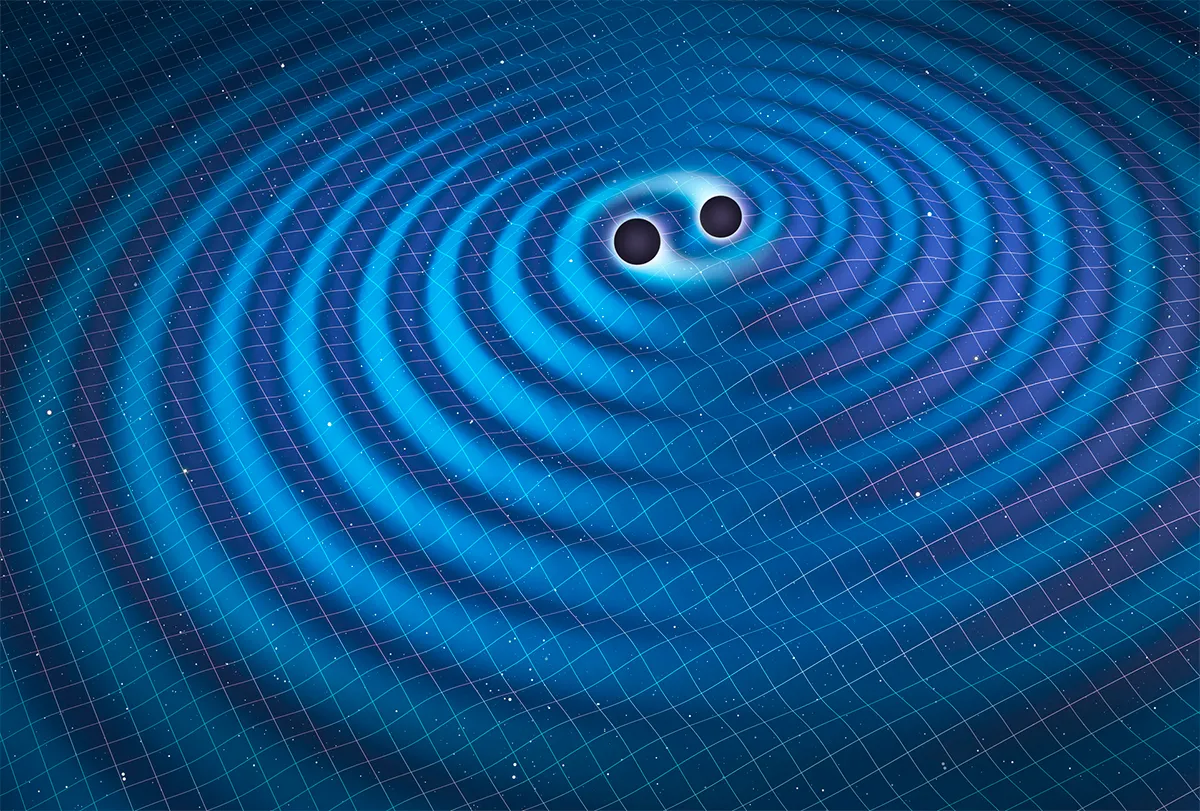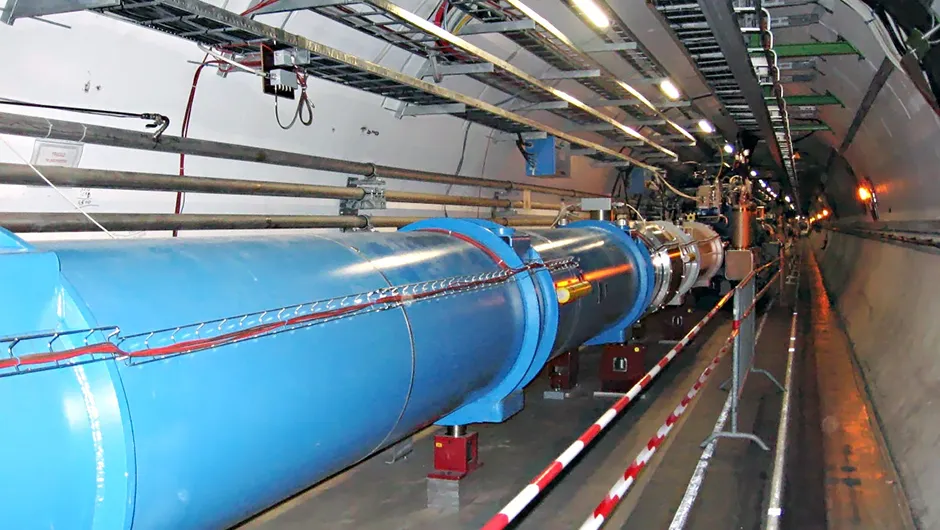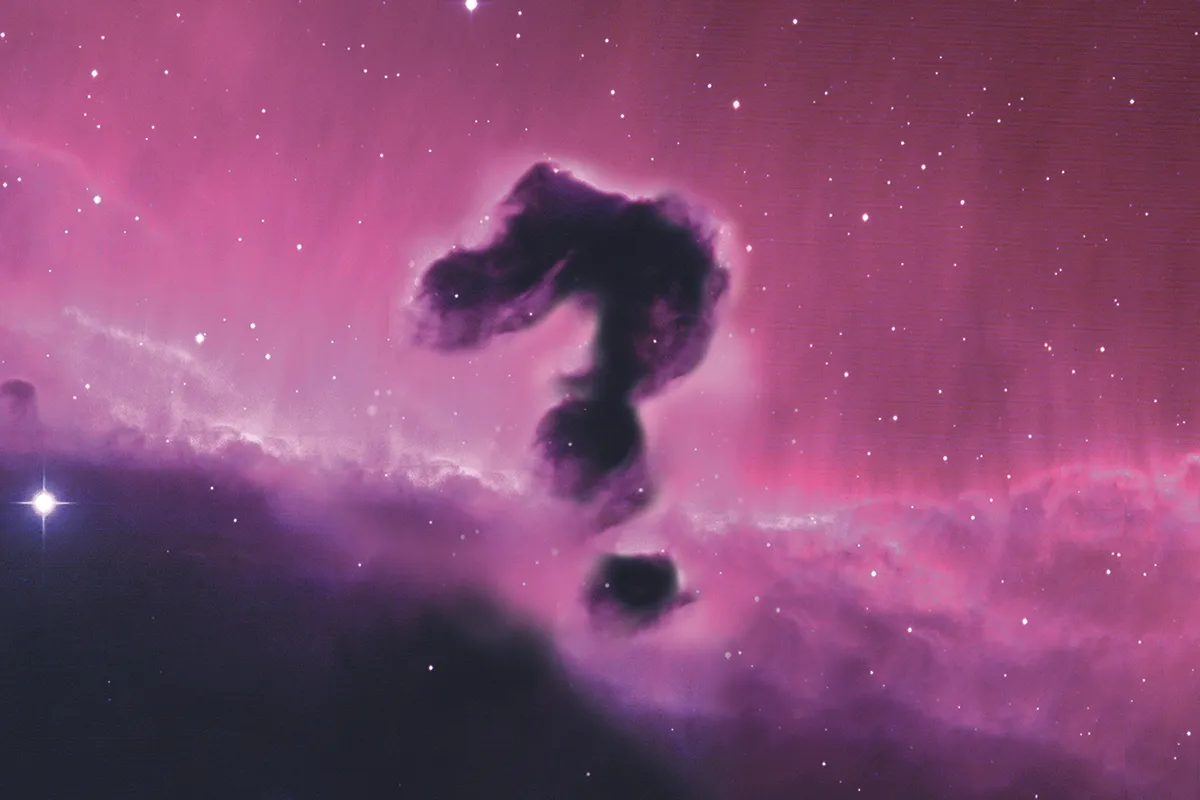Gravity is the weakest force in the everyday world yet it is the strongest force in the Universe. It was the first force to be recognised and described, yet it is the least understood.
It is a force that keeps your feet on the ground, yet no such force actually exists.
Gravity, to borrow the words of Winston Churchill, is “a riddle, wrapped in a mystery, inside an enigma”.
We know that different bodies of the Solar System have different strengths of gravity, which is why you would be able to jump at different heights on different planets.
But how does this actually work in principle? Any way you look at it, gravity seems bonkers, and these are its oddest quirks
For more, read our amazing facts about space and astronomy and astronomy myths
Newton never mentioned an apple falling until 40 years after his discovery

Everyone knows the story of Newton and the falling apple. His key insight was that the apple and the Moon both fall under gravity (the Moon, because of its sideways velocity, never gets any closer).
By comparing their rates of fall, he deduced the inverse-square law – that the force between bodies is four times as weak when they are twice as far apart, and so on.
The gravitational constant is sometimes known as Newton's constant.
But the first time Newton told the story of the apple was to his biographer, William Stukeley, four decades after discovering the law of gravity.
Perhaps, with his creative days behind him, he was concocting his own legend.
Certainly, the story depicts Newton as the lone genius struck by a flash of inspiration.
Gravity keeps your feet on the ground yet no such ‘force’ actually exists

Although Newton imagined the force of gravity between the Sun and Earth as like a piece of invisible elastic connecting the bodies, Einstein discovered the truth is different.
A mass like the Sun warps spacetime around it, creating a valley.
We can’t see the valley because spacetime is a four-dimensional thing and we are three-dimensional beings.
But Earth circles around the valley like a ball around a roulette wheel. It experiences no ‘force’ but travels along the shortest path through warped spacetime.
Similarly, there is a tendency for you to fall to the bottom of the valley of spacetime around Earth.
The surface obstructs, however. In pushing back, it creates the ‘feel’ of gravity.
Gravity on the International Space Station is 90% of gravity on the ground

Orbiting at an altitude of 400km above Earth, the International Space Station (ISS) is so close to our planet that gravity barely differs from what is experienced on the ground.
Many people think astronauts float on the ISS because there's no gravity in space, but there is gravity in space, and in any case that's not why astronauts float on the Space Station.
Astronauts are weightless for the same reason as someone unfortunate enough to be in a lift after its cable has snapped – because, as fast as they fall towards the lift floor, the lift floor falls away from them.
It is not obvious that the ISS is falling. That is because it has sideways motion.
This means that, as fast as gravity curves its path down towards the Earth’s surface, the Earth’s surface curves away from it.
ISS therefore falls forever in a circle, never reaching the ground.
When the tide at sea rises, the water in wells falls, and vice versa

This is something known since around 100 BC and explained only in 1940.
The Greek philosopher Poseidonios, who lived between 135 and 51 BC, discovered this effect.
He noticed that, when a spring at the temple of Heracleium in modern-day Cadiz in Spain was low, the tide in the nearby Atlantic was high, and vice versa.
The explanation is that the gravity of the Moon, the principal cause of the tides, not only makes the ocean bulge upwards but it does so to the rock as well.
The waterlogged rock in which a well sits is like a wet sponge.
It sucks water out of the well when the sponge is stretched upwards (high tide) and squeezes water back into the well when the sponge is released (low tide).
Everyone thinks gravity sucks, but in most of the Universe it blows

Children at school are still taught that gravity is a force of attraction.
However, in 1998, astronomers discovered to their immense surprise that the expansion of the Universe is speeding up, and they have attributed this to the repulsive gravity of mysterious ‘dark energy’, invisible stuff filling all of space.
Dark energy accounts for more than two-thirds of the mass-energy of the Universe.
Nobody knows what it is. In fact our very best theory (quantum theory) predicts an energy for the vacuum of space (dark energy) – that is one followed by 120 zeroes bigger than what is observed.
This is the biggest discrepancy between a prediction and an observation in the history of science. Something is wrong!
Gravity is why Jupiter’s moon Io is so hot

On 8 March 1979, NASA’s Voyager 1 space probe, having streaked through the Jupiter system faster than a speeding bullet, turned its camera back the way it had come.
Navigation engineer Linda Morabito became the first person to see, silhouetted against the black of space, the super-volcanoes (strictly speaking, geysers) of the moon Io.
The most geologically active body in the Solar System is heated by nearby moons Europa and Ganymede, and Jupiter.
The moons tug its orbit into an elongated ellipse. As it moves close to and far away from Jupiter, the gravitational stretching effect of the giant planet changes.
Io is heated for exactly the reason a squash ball gets hot when squeezed repeatedly in your hand.
Without gravity, time might not flow forwards

The direction of time is associated with order changing to disorder – the direction in which castles crumble, eggs break and so on.
Ultimately, therefore, the ‘arrow of time’ must be due to the Big Bang being in a highly ordered state, which is very unlikely.
Actually, early on, when matter from the Big Bang fireball was smeared smoothly across space, the Universe was disordered.
However, when the Universe was 380,000 years old, gravity was able to gather matter together for the first time.
In a gravitating system, clumped is the most likely state.
The smeared-out Universe was therefore suddenly thrown into a very unlikely state – precisely the requirement to create our forward direction of time.
A gravitational emitted 50 times the power of all the stars in the Universe

In a galaxy far, far away, at a time when Earth boasted nothing more complex than a bacterium, two monster black holes were locked in a death spiral.
One was 29 times the mass of the Sun, the other 36 times the mass of the Sun.
Each travelling at half the speed of light, they whirled about each other one last time.
As they coalesced, three whole solar masses were destroyed and converted into gravitational waves.
Bear in mind that an atomic bomb converts only about a kilogram of mass-energy into other forms.
Had the tsunami of tortured space-time that surged outwards been in the form of light, it would have shone tens of times brighter than a Universe of stars.
Without Einstein, your mobile phone couldn't pinpoint your location

The satellites of the Global Positioning System, on which smartphones and satnav rely to determine location, move in highly elongated elliptical orbits around Earth.
When each swings in to its closest point to the planet, it experiences stronger gravity and its on-board clock slows down; when it recedes to its farthest point from the planet, the clock speeds up.
This is according to Einstein’s general theory of relativity. However, an effect of Einstein’s special theory of relativity causes the clocks to slow down when they are moving fastest.
Both of these effects must be taken into consideration by the software that, unbeknownst to you, calculates your exact location on the Earth’s surface.
Gravity causes the ring of the Large Hadron Collider to shrink and expand by 1mm twice a day

Credit: CERN
In 1992, physicists working on the Large Electron-Positron (LEP) Collider near Geneva, whose subterranean tunnel loop now contains the Large Hadron Collider, noticed something odd.
Twice a day they had to boost the energy of their circulating electrons and positrons (‘antimatter’ partners of electrons) to keep them in the ring.
After scratching their heads, they realised that tides happen twice a day.
What was happening was that the gravity of the Moon was causing the rock of the Jura Mountains, into which LEP was bored, to bulge upwards.
This increased its length so that the magnets were no longer the right strength to trap the beam within the tunnel.
Surely one of the most esoteric effect of the tides there is!
You age more quickly on the top floor of a building than on the bottom floor

According to Einstein’s theory of gravity, the general theory of relativity, time flows more slowly in stronger gravity.
On the top floor of building, you are farther from the mass of Earth than at the bottom, so gravity is marginally weaker and you age more quickly – so if you want to live longer, should you find yourself a bungalow?
It is a fantastically small effect and you would need the most sensitive atomic clocks to show it.
Remarkably, however, in 2010 physicists at the National Institute of Standards Technology in the US demonstrated, with the aid of two atomic clocks, that a person standing on one step of a staircase ages more slowly than someone standing on the step above.
Only by understanding gravity will we be able to answer where the Universe came from

The twin pillars of modern physics are Einstein’s theory of gravity, which describes galaxies and the Universe, and quantum theory, which describes atoms and their constituents.
It has given us lasers, computers and nuclear reactors; it explains why the Sun shines and why the ground is solid.
Einstein’s theory (which describes the large) and quantum theory (which describes the small) reign supreme in their own domains but have resisted merging.
This would not be a problem; however, once up on a time – in the Big Bang – the Universe was very small.
To understand how the Universe emerged from this, like a rabbit from a hat, we must therefore unite Einstein’s theory with quantum theory: to create a quantum theory of gravity.
This article originally appeared in the June 2017 issue of BBC Sky at Night Magazine.
